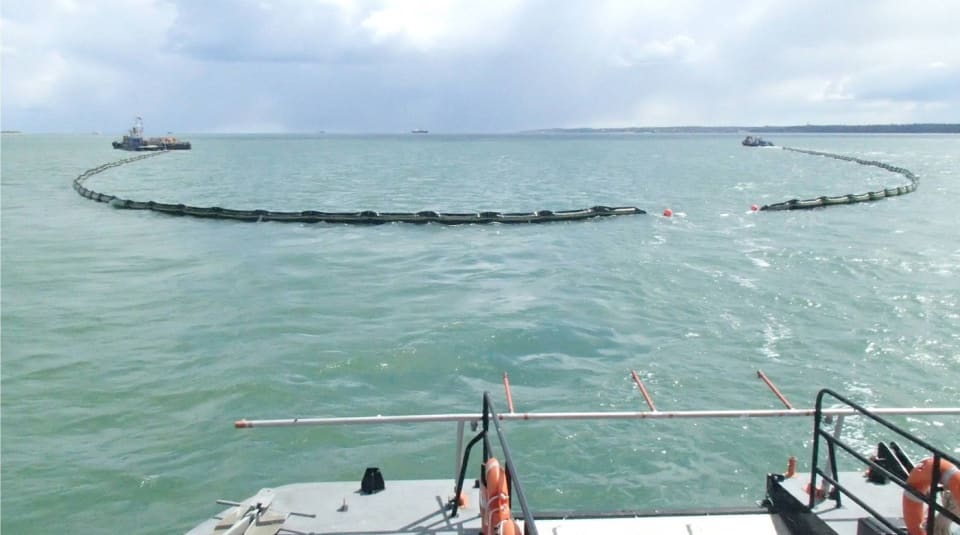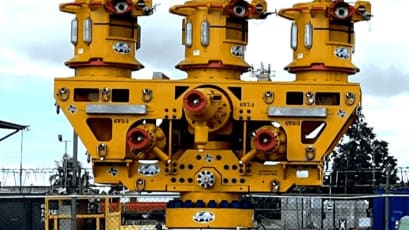Maximising encounter rates: tested boom strategies for inland and estuarine spills
Spills that occur in estuaries and in the lower courses of rivers have the potential to impact sensitive shoreline resources.When responding to incidents in these locations, maximising the use of containment and recovery equipment to help protect sensitive resources is paramount.
In 2015 and 2016, OSRL investigated different methods for maximising the use of containment and recovery equipment in rivers and estuaries. Three techniques were tested using active boom recovery systems and ancillary equipment in various locations in the United Kingdom and France.
Summary
The efficiency of a containment and recovery operation can be affected by many factors such as; weather, vessels, equipment, competence of responders and oil behaviour. Hence, it is important to use the equipment available in the most efficient way possible. Spills that occur in estuaries and in the lower courses of rivers have the potential to impact sensitive shoreline resources. When responding to incidents in these locations, maximising the use of containment and recovery equipment to help protect sensitive resources is paramount. In 2015 and 2016, OSRL investigated different methods for maximising the use of containment and recovery equipment in rivers and estuaries. Three techniques were tested using active boom recovery systems and ancillary equipment in various locations in the United Kingdom and France.
Open apex
Increased encounter widths can be achieved by deploying a ‘U’ configuration of containment boom with an open apex. The opening at the apex allows oil to flow through the boom and be recovered from an active boom recovery system being towed directly behind. This system uses 2 vessels; a boom deployment vessel and an oil recovery vessel. Boom vanes are used to hold the encounter width open and the speed of the vessel controls the shape of the boom in the water.
Extension leg
Single ship systems such as the side sweep can have their encounter enhanced with the use of an extension leg of boom. This technique can be used as a static system on a river bank or shoreline or as a dynamic system on the side of a vessel. A boom vane is used to hold the front of the extension leg in place away from the vessel or shoreline.
Multiple cascades (DOWCAR method)
Deploying boom in a fast water environment can be difficult to execute without experiencing boom failures. Different techniques and booming strategies can be employed to ensure the spilled oil is successfully contained in challenging environmental conditions. Straight spurs of boom can be deployed at very acute angles across the river, minimising undercutting, and ensuring the boom deflects oil successfully to the containment area. Four tension lines are used for each individual length of boom to effectively secure it in place in the river. Rope access equipment is used to gain a mechanical advantage and cope with the high forces loaded on the lines caused by the fast water flow.
Active boom systems
Active boom systems incorporate a pump within the boom structure at the apex of the boom thus are both a containment and recovery device. The ‘buster’ booms developed by NOFI have the advantage of being able to be towed more quickly than traditional passive inflation booms (4-5 knots as opposed to <1 knot). Buster booms can also be used to good effect with boon vanes so they can act as a single ship system.
Future work
OSRL will continue to test techniques for enhancing the encounter rates of containment boom systems. A focus will be on dealing with the challenges of fast flowing rivers and estuaries.





